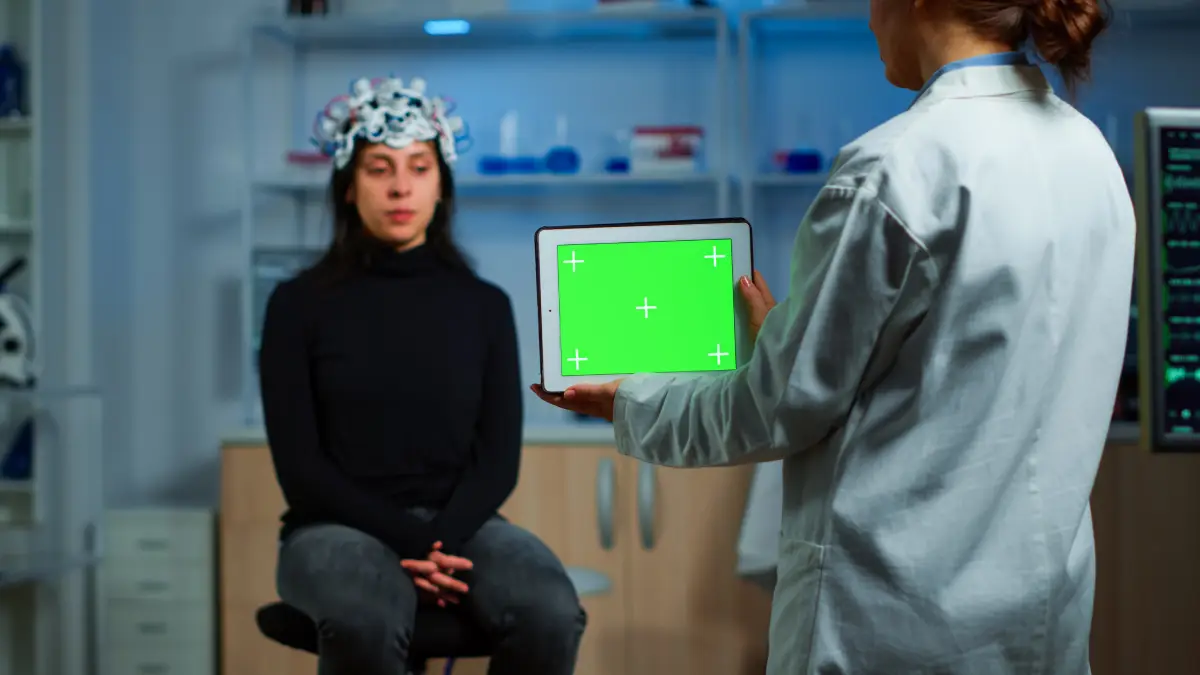Introduction
In today’s fast-paced world, driving is an essential part of daily life. However, for individuals living with neurological conditions, the road presents unique challenges that can impact their safety and confidence behind the wheel. At Butterfly Entertainment & Manufacturing, we are dedicated to developing innovative solutions that enhance safety for neurological conditions, ensuring greater security and independence for affected individuals. Thanks to advancements in technology, sensor pads are emerging as a game-changing solution in this space.

The Challenges of Driving with Neurological Conditions
Individuals with neurological conditions such as epilepsy, Parkinson’s disease, multiple sclerosis, or neuropathy often face unpredictable symptoms, including tremors, muscle weakness, seizures, or cognitive impairments. These symptoms can lead to loss of vehicle control, delayed reactions, or difficulty maintaining focus, putting both the driver and others on the road at risk.
Real-Life Experiences and Struggles
Take, for instance, David, a 38-year-old man diagnosed with epilepsy. Despite carefully managing his condition with medication, he always worried about the possibility of an unexpected seizure while driving. The fear of losing control and causing an accident made him hesitant to drive long distances. Like David, many individuals with neurological conditions experience anxiety about their ability to drive safely.
How Sensor Pads Work to Improve Safety for Neurological Conditions
Sensor pads are designed to detect physiological changes and sudden shifts in movement, alerting drivers and their support systems in real-time. These advanced technologies provide a safety net for individuals who may experience sudden symptoms while on the road.
Features of Sensor Pads for Safe Driving
- Real-Time Monitoring – Embedded sensors track muscle activity, heart rate, and even brain activity to detect early warning signs of distress.
- Automatic Alerts – If a sudden neurological event occurs, such as a seizure or blackout, the sensor pad can send automatic alerts to emergency contacts or even slow down the vehicle safely.
- Adaptive Response Mechanisms – Some sensor pads are integrated with vehicle control systems, enabling the car to reduce speed or stop in case of an emergency.
- User-Friendly Design – Designed for comfort, sensor pads can be placed on steering wheels, seats, or even wearable devices to provide continuous monitoring.
The Impact of Sensor Pads on Driving Independence
One of the greatest benefits of sensor pads is the newfound confidence they provide for drivers with neurological conditions. By offering continuous monitoring and intervention options, these devices reduce anxiety and enhance safety for neurological conditions on the road.
Case Study: A New Lease on Driving Freedom
Maria, a 45-year-old woman diagnosed with multiple sclerosis, struggled with occasional muscle weakness and delayed reflexes. With sensor pads installed in her vehicle, she felt reassured knowing that if she ever lost control, the system would take corrective action. This newfound assurance allowed her to maintain her independence without compromising safety.
The Future of Sensor Technology for Drivers with Neurological Conditions
With ongoing advancements in artificial intelligence and sensor technology, future iterations of these pads are expected to become even more sophisticated. Innovations such as AI-driven predictive analysis, biometric integration, and seamless vehicle automation will make driving safer and more accessible for those with neurological conditions.
How Butterfly Entertainment & Manufacturing is Leading the Way
At Butterfly Entertainment & Manufacturing, we are committed to enhancing safety for neurological conditions through innovative technology. Our team is actively developing state-of-the-art sensor pads tailored to the unique needs of individuals with epilepsy, neurological disorders, and cardiovascular conditions.
Conclusion
Driving with neurological conditions no longer has to mean giving up independence. Thanks to sensor pads, individuals can experience safety for neurological conditions while maintaining their mobility and autonomy. As technology continues to evolve, these advancements promise a safer and more inclusive future for all drivers.
FAQs
1. Can sensor pads prevent accidents for people with neurological conditions?
Yes, sensor pads help detect early warning signs of distress, allowing for preventative measures such as alerts or automatic vehicle control.
2. Are sensor pads comfortable to use?
Absolutely! They are designed to be non-intrusive and adaptable, ensuring ease of use and comfort for the driver.
3. Are sensor pads available for all vehicle types?
Many manufacturers are working on adaptable sensor pads that can be installed in various vehicle models, ensuring broader accessibility.
4. How do sensor pads communicate with emergency contacts?
Sensor pads can be programmed to send notifications via mobile apps, text messages, or even directly to emergency services in case of distress.
5. Where can I learn more about sensor pads for neurological conditions?
You can explore cutting-edge innovations in medical technology through Butterfly Entertainment & Manufacturing, a leader in enhancing safety for neurological conditions.
